Method For: Large Homes
As an Amazon Associate and member of other affiliate programs, I earn from qualifying purchases.
There are many wonderful benefits to living in a large home; individual bedrooms, spacious kitchens & dedicated use rooms for things like a home office, gym or gear room. Large homes are flush with spaces for both privacy and gathering and if well designed are eminently livable. One potential downside to living in a large house is the propensity to lose track of the things that fill it up. When there is so much square footage to travel it’s easy to mislay things and then acquire multiples without realizing you already have what you need in the house. And with the luxury of so much space to fill years can go by before you notice the clutter has risen to the level of unwieldy.
In typical homes and for most categories I am a proponent of centralization as a strategy to keep track of things you use in your home so you know how many you have. Centralization is also an effective maintenance strategy as multiple members in a family can remember the one place where category ‘X’ is kept, therefore making it more likely that it is returned to its proper home. However, in a large home centralization is harder to implement as an effective system, mostly because of how far you have to travel to get from space to space. When I’m working with clients who have a big home I like to think about ecosystems and let that be the touchstone for the organizational strategy.
An ecosystem is a ‘biological community of interacting organisms and their physical environment.’ When thinking about the equivalent of an ecosystem in a home I consider the category in question in relation to its interaction with household members and the physical environment of the home. Below are a few examples of how to think in ecosystems with different categories to set your large home up for organizational success.
TOWELS & LINENS
Towels and linens can get out of control in a big house. Especially if all of the bedrooms and baths aren’t co-located in the same wing. The presence of a beautiful and spacious linen closet is great if it it located in such a wing, but if your bedrooms and baths are not all together then it’s best to use a localization strategy that aligns with the ecosystem. Towels and sheets are used locally in individual bedrooms and baths. Neither is a category that tends to travel outside of their friendly confines. Therefore, it is often best to keep sheets and towels (including extra sets) in the rooms where they are used. On ‘Laundry Day’ the primary set gets washed & dried, the extra set hung (towels) or made (bed) and the freshly laundered set returned to the closet or shelf. Alternatively, if bedroom closet/bath storage space is limited then a hall closet can serve multiple bedrooms. The solution will depend on the house, but the key here is that you aren’t traveling long distances back and forth to one linen closet to outfit all of the beds and baths.
USEFUL THINGS
Useful things like scissors and their friends tape and charging cords are things that tend to get lifted and not returned to their designated home. Think about multiple areas in your large house that could house useful things. Bedroom desks, kitchens & playrooms are all places where you could and should stash a pair of scissors. I personally keep a pair hidden in my bedside table because for years I wasted so much time looking for the scissors that were constantly being taken from our Useful Things drawer and not put back. The more relevant places you keep useful things, the less likely they are to travel. I’m not saying scissors won’t disappear from a drawer occasionally but it should happen with far less frequency if you adopt this strategy! Who are the humans in your house that interact with scissors and where do they do it? There’s your starting place…
books
Many large homes have libraries which are of course meant to house a collection of books. And if your home has such a library and the books there represent what you’ve already read vs. what you haven’t yet gotten to then keeping them in the library probably works fine. But if you want to encourage the habit of reading for yourself and others in your family you may want to consider localizing, especially if your library is not centrally located in the home. I believe it’s best to keep books where you are most likely to see them and interact with them. Kids’ books could in their bedrooms or potentially a playroom, depending on the age of the kids and their reading habits. Books that pertain to work-related topics could be housed in your home office. Do you and your spouse read in bed? Keeping your ‘on deck’ collection in the Primary Bedroom makes sense. An obvious example of keeping books where they are likely to be used is cookbooks in the kitchen (I know, ‘duh’, but it’s a good example of what most people already do!) Most people have favorite reading spots in their home, take notice of where yours and other family members’ favorite spots are and consider how to incorporate books into the design scheme of that room. Align your plan with the various reading ecosystems in your home and you may find more reading actually happening!
These are only 3 examples but you can apply the logic to any number of categories in your home (board games, cleaning supplies, toys, etc.) Take a walk through the house and notice what is happening and where. Thinking about ecosystems that already exist and maybe also some ecosystems you’d like to create will help you develop an effective blueprint for organizing your big, beautiful home.


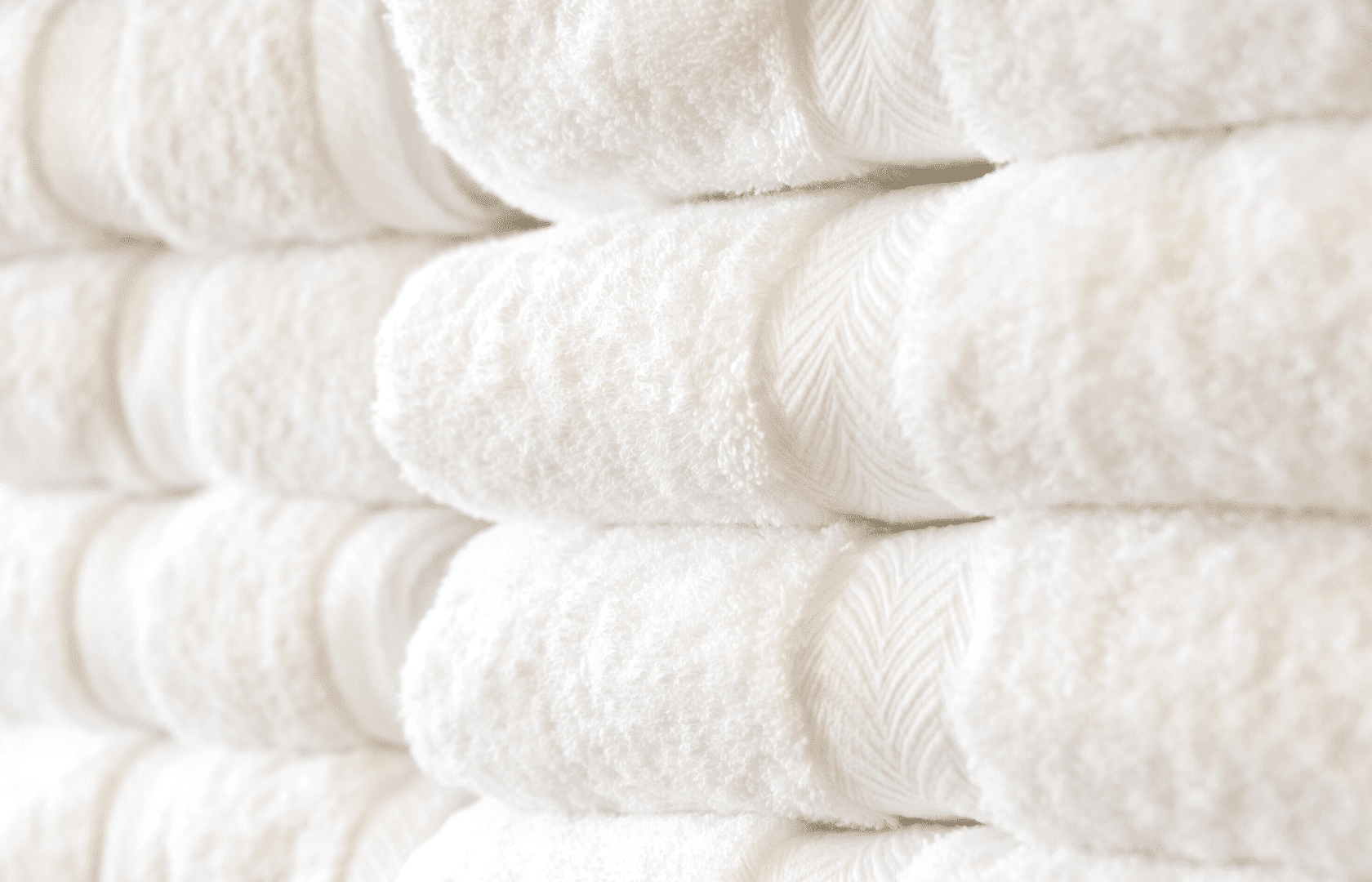
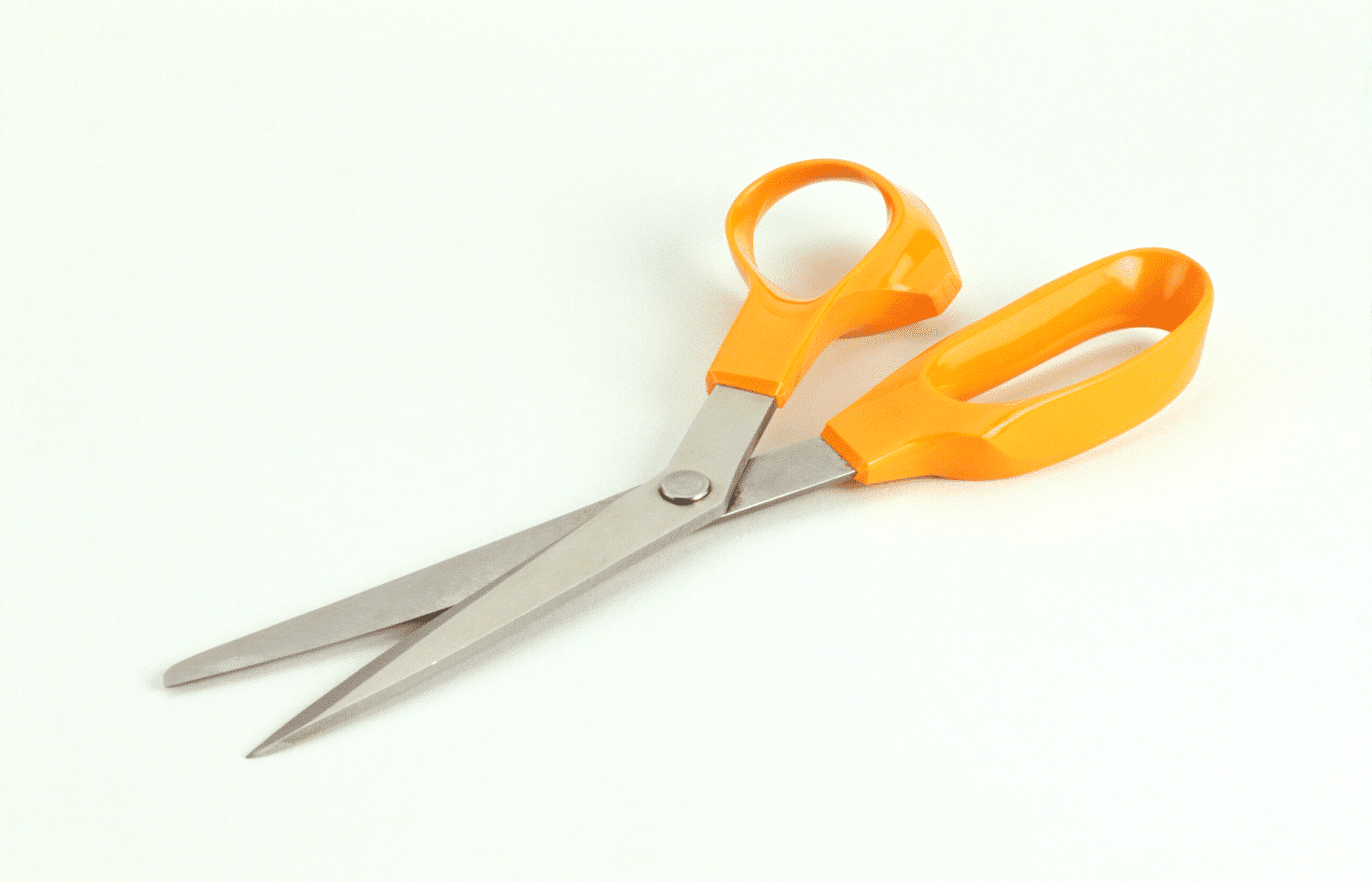


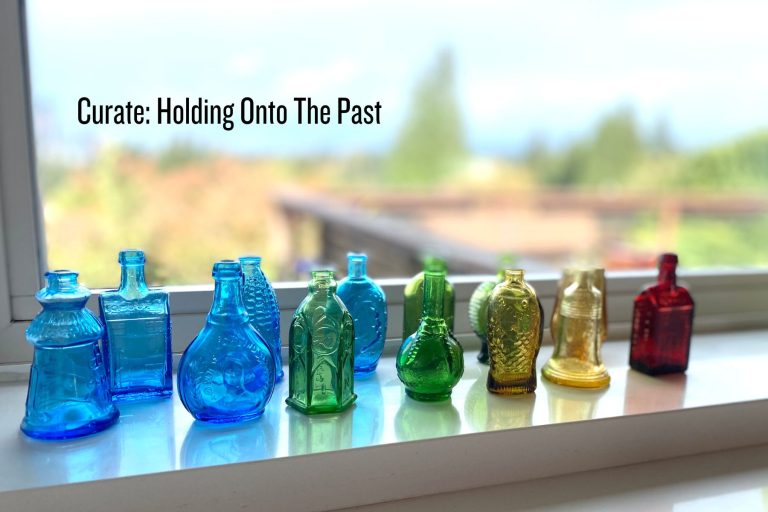
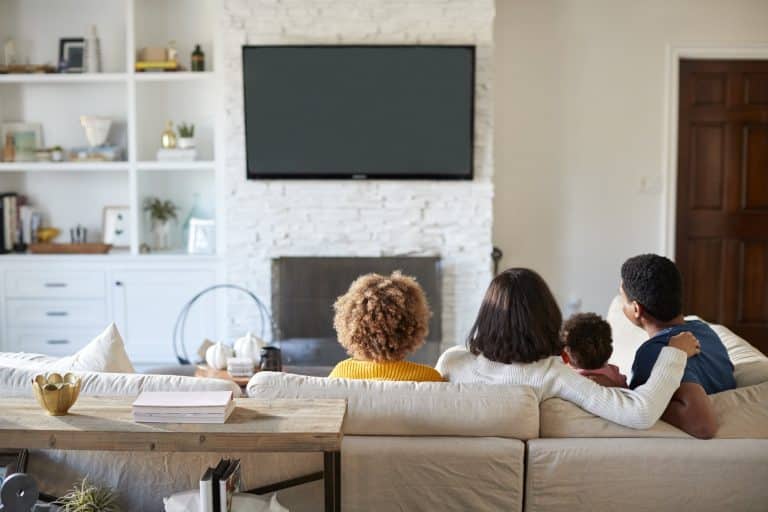
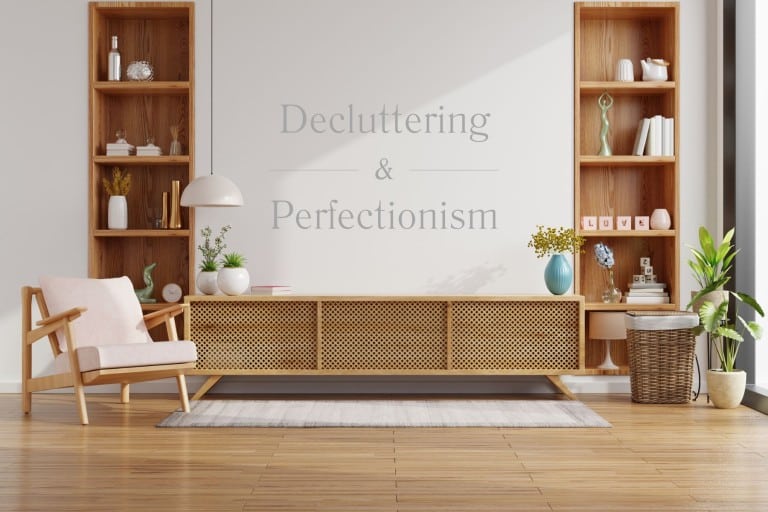


Method Seattle Comment Policy
We welcome relevant and respectful comments. Off-topic comments may be removed.